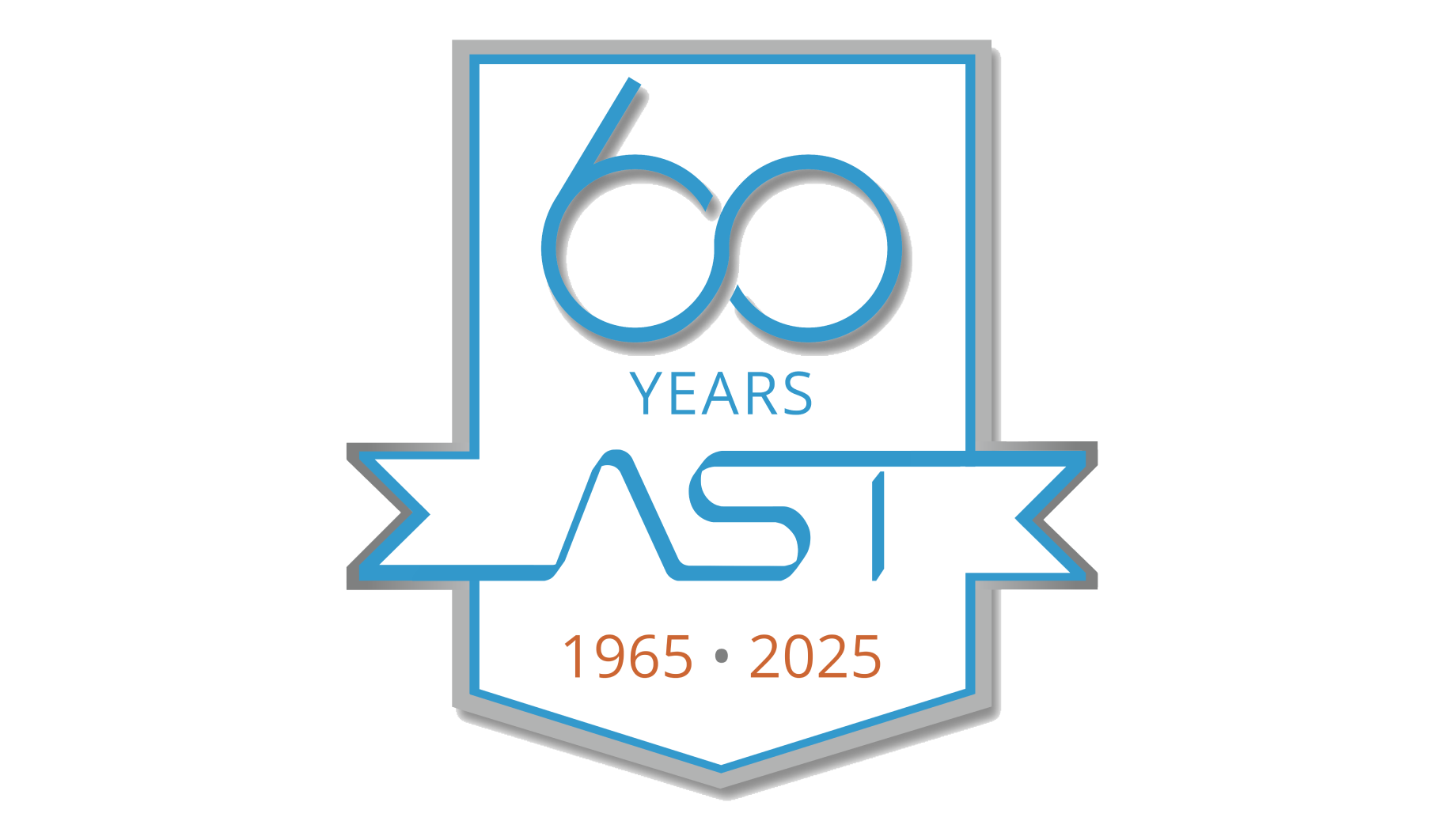Josh Russell, AST Vice President of Sales & Marketing, sat down with Pharmaceutical Technology at Interphex 2024 to discuss recent developments and advancements at AST, including an American-made isolator solution, an innovative new decontamination technology, and the benefits of AST’s comprehensive, integrated turnkey approach.
Highlights and Themes:
Modular technology:
AST’s innovative approach to aseptic fill-finish systems using modular technology is part of a holistic philosophy. The advantages of such an approach are the ease and effectiveness that a modularly designed fill-finish system offers. Tested and proven “building blocks” of aseptic processing operation allow flexible configuration to product specifications in a way that is timely, cost efficient and scalable. AST designs these lines to be comprehensive, robust solutions that ensure product integrity, optimize process flow, and are adaptable to agile product pipelines.
Flexible technology is now a central part of the pharmaceutical industry:
Growing and evolving segments of the pharmaceutical industry, like contract manufacturing and ATMP production, require flexible, multi-modal fill finish systems. For operations that must remain agile, like CDMOs, having a powerful multi-tool of an aseptic processing system that can be used for several different applications and process various formats on the same line with minimal changeover time is crucial. For fields like cell and gene therapy, the challenge becomes how to best produce highly targeted, safe parenteral treatments held to the highest quality standards and delivered in a timely manner. These patient-centered products require fill finish systems designed for precision that employ a host of zero-waste strategies and extensive quality control measures.
A groundbreaking new approach to barrier-technology:
Innovation in the pharmaceutical manufacturing industry, whether breakthroughs in technology or service, is ultimately centered around the product and the operator. With the introduction of AST’s new isolator technology, designed in collaboration with Germfree, there is now a high-quality American-made isolator solution designed specifically based off the feedback of aseptic processing operators. This first-of-its-kind isolator is a user-friendly solution that leverages automation to address common pain points in isolator use, including routine maintenance and decontamination protocols.
Industry-leading biodecontamination cycle times:
Aseptic processing operations are looking for viable ways to increase production times and maintain Annex 1 compliance for sterile parenteral drug products as many manufacturers require flexible/time saving solutions for products like targeted, small batch pharmaceuticals. Common decontamination practices utilize high concentrations of H202 at 35 percent or higher which come with extended cycle times and require substantial safety precautions for operators.
AST has partnered with CURIS System on an innovative new fill-finish isolator decontamination protocol that utilizes a 7 percent non-hazmat VPHP solution. This scientifically proven method is fully automated and Annex 1 compliant. A lower concentration hydrogen peroxide prioritizes operational sustainability with expanded material compatibility and by adding to the overall life of fill-finish equipment. Combined with a low-volume application, this solution is safer for operators, and easier to ship, handle and use. Operators can carry out a complete biodecontamination cycle, including aeration, in under 1 hour.
A turnkey solution provider:
A single source of supply, service and strategy, AST’s turnkey approach addresses the full scope of an operation, from project planning and implementation to production optimization and aftermarket support. Having a partner that’s able to speak to every aspect of a complete solution from a knowledgeable, specialized perspective is key to the overall health of an operation. Additionally, by having a common source and design of both an isolator and fill finish system, the time saved in supply, service and operational integration will add significant time-to-market value for pharmaceutical manufacturers.




